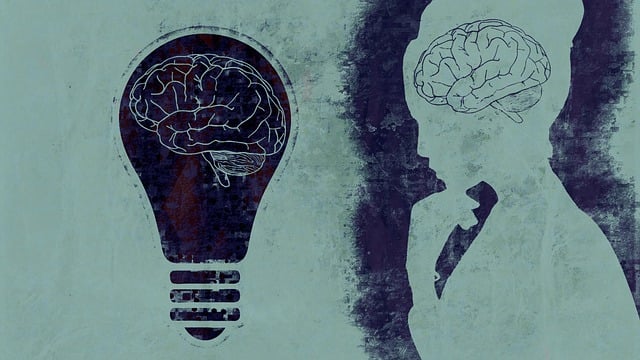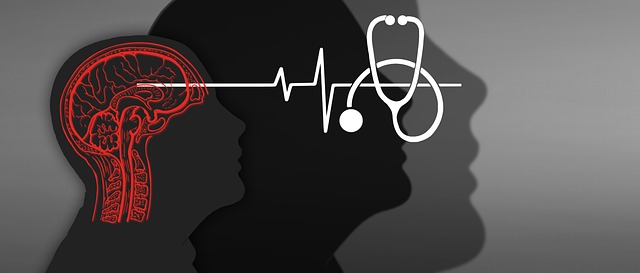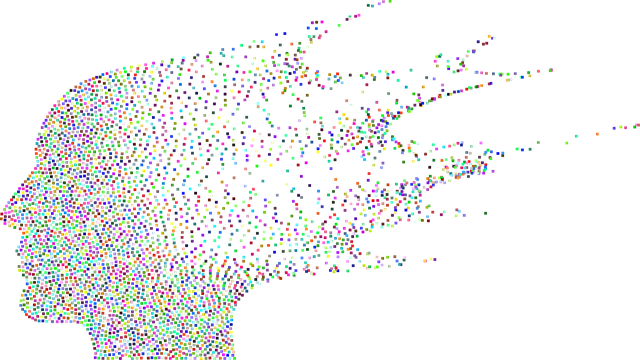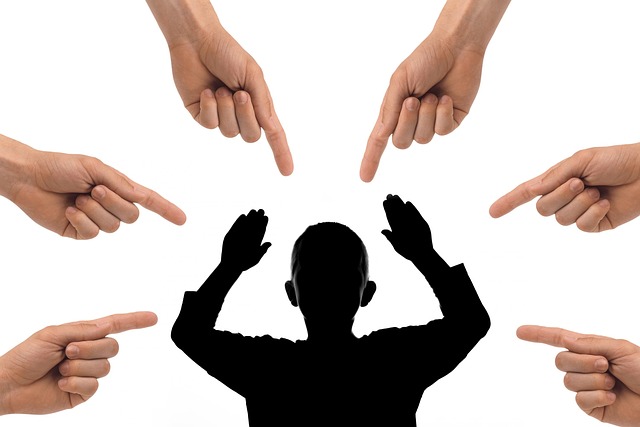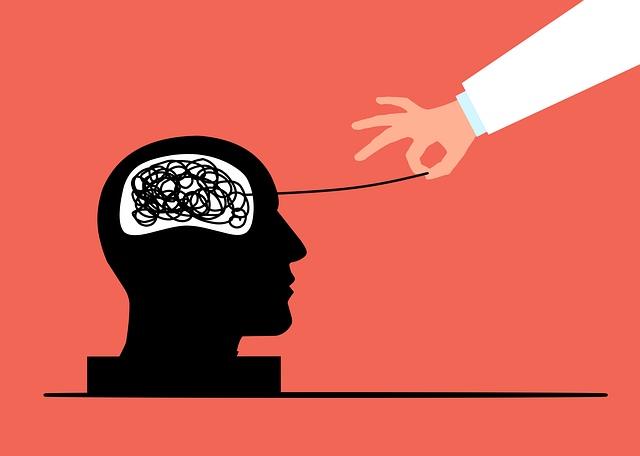Media portrayal significantly impacts societal understanding of teen depression, often perpetuating stereotypes or misrepresenting its complexity. To counter this, media should adopt strategies for positive representation, showcasing diverse narratives and real-life stories of adolescents overcoming depression through therapy. Integrating Mental Health Education Programs and engaging content, along with producing mental wellness podcasts, can enhance information dissemination and encourage open conversations about therapy for adolescent teens with depression. Accurate media depictions promote empathy, reduce stigma, and foster therapeutic approaches like cognitive-behavioral therapy (CBT), ultimately normalizing mental health discussions among young people.
Mental illness representation in media significantly impacts public understanding and perceptions, especially among vulnerable groups like adolescent teens. This article explores the profound effects of media portrayals on mental health, focusing specifically on depression. We analyze the current state of teen depression in popular media and present effective strategies to enhance positive mental illness representation. Furthermore, we discuss the pivotal role of therapies in promoting healing and empathy through media, with a special emphasis on therapy for adolescent teens depression.
- Understanding the Impact of Media Portrayals on Mental Health
- The Current State: How Teen Depression is Depicted in Popular Media
- Effective Strategies to Enhance Positive Mental Illness Representation
- The Role of Therapies in Promoting Healing and Empathy through Media
Understanding the Impact of Media Portrayals on Mental Health

Media portrayals of mental illness can significantly impact public understanding and perception, especially among adolescents. The way mental health conditions are depicted in films, TV shows, and other media forms can shape societal attitudes, influencing how individuals, particularly teens, recognize and respond to their own or others’ psychological struggles. Positive representations that show accurate symptoms, recovery journeys, and effective therapy options for adolescent depression can be life-changing. They offer a sense of hope and encourage teens to seek help without stigma. Conversely, negative stereotypes and inaccurate portrayals can further isolate individuals suffering from depression, hindering their willingness to access therapy or understanding from peers.
Understanding the power of media influence is crucial when considering solutions. Implementing communication strategies that promote mental wellness through media literacy programs can empower adolescents. Encouraging them to critically analyze media content related to depression and mental health encourages a more nuanced understanding. Moreover, engaging in activities like journaling to reflect on media portrayals can facilitate self-expression and coping mechanisms. Crisis intervention guidance from reliable sources can also help navigate distressing media content and provide accurate information about available support, including therapy options for adolescent teens with depression.
The Current State: How Teen Depression is Depicted in Popular Media

In today’s digital era, media plays a significant role in shaping societal perceptions about mental health, particularly among adolescents. The current state of teen depression representation in popular media is a complex tapestry woven with both accurate insights and harmful stereotypes. Often, teenage depression is portrayed as a fleeting phase, exacerbated by dramatic life events or social pressures, and resolved primarily through emotional outbursts or sudden personal transformations. These depictions fail to capture the nuanced reality of depressive disorders, which require sustained support and professional intervention, such as therapy for adolescent teens depression.
The media’s approach to addressing teen mental health issues is often superficial, focusing on symptoms rather than the underlying causes. Coping skills development, crisis intervention guidance, and positive thinking are touched upon briefly, but rarely explored in-depth or presented with the scientific validity they deserve. This superficial treatment can lead to misconceptions and stigmatization, discouraging affected teens from seeking the necessary help, including therapy for adolescent teens depression. As a result, media has the potential to either foster empathy and understanding or perpetuate harmful stereotypes, underscoring the urgent need for more responsible and informed representation of mental health challenges among young people.
Effective Strategies to Enhance Positive Mental Illness Representation

Media has a significant impact on shaping societal perceptions, including attitudes towards mental illness. To challenge negative stereotypes and promote understanding, media outlets can employ several effective strategies for positive representation. One crucial approach is to showcase diverse narratives of individuals with mental health struggles, focusing on their resilience and growth journeys. This includes featuring teenagers who have successfully navigated depression through therapy, providing a powerful message of hope. By integrating real-life stories, media can humanize mental illness, reducing stigma and fostering empathy among viewers.
Additionally, the design of Mental Health Education Programs within media platforms can play a vital role in raising awareness. These programs can offer educational content, Stress Reduction Methods, and interactive tools tailored for different age groups, including adolescents. Incorporating expert insights from psychiatrists, psychologists, and therapists ensures the accuracy and effectiveness of the information conveyed. Moreover, producing engaging Mental Wellness Podcast Series can make mental health discussions more accessible and appealing to younger audiences, encouraging open conversations about depression and therapy for adolescent teens.
The Role of Therapies in Promoting Healing and Empathy through Media

Media has a significant impact on shaping societal perceptions about mental health. When portrayed accurately, media can play a pivotal role in promoting healing and fostering empathy among viewers, especially adolescents. Therapies such as cognitive-behavioral therapy (CBT) are widely recognized for their effectiveness in treating depression in teens. By integrating these therapeutic approaches into media narratives, creators can offer valuable insights into the mind of a young person grappling with mental health issues. This representation encourages open dialogue and reduces stigma associated with seeking help.
Through compelling stories, media can showcase the transformative power of therapy, conflict resolution techniques, and self-esteem improvement strategies. By normalizing these conversations, it inspires teens to adopt positive thinking patterns and seek professional support when needed. Such portrayal can lead to increased awareness, better understanding, and ultimately, more empathy towards individuals battling mental health challenges.
Media has a significant impact on shaping societal perceptions, especially regarding mental health. The current narrative often portrays teen depression in a simplistic or stigmatizing light, missing the complex nature of this illness. However, by implementing effective strategies such as enhancing diversity and accuracy in representation, media can play a pivotal role in promoting empathy and understanding. Integrating therapy for adolescent teens depression within these narratives not only offers healing but also fosters a more compassionate society. Through thoughtful storytelling, we can challenge negative stereotypes and encourage support for those facing mental health struggles.
